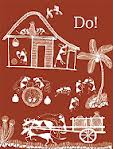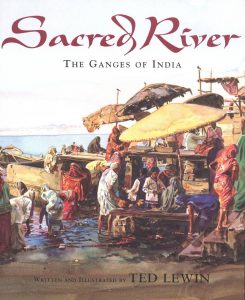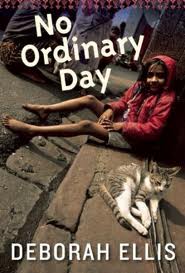
Ganesha is just like any thoer kid, except that he has the head of an elephant and rides around on a magical mouse. And he love sweets, especially the traditional dessert laddoo. When Ganesha insists on biting into a super jumbo jawbreaker laddoo, his tusk breaks off! Ganesha is terribly upset, but with the help of the wise post Vyasa, he learns that what seems broken can actually be quite useful after all. The bold, bright colors of India leap right off the page in this fresh and funny picture book adaptation of how Ganesha came to write the epic poem of Hindu literature, the Mahabharate.



